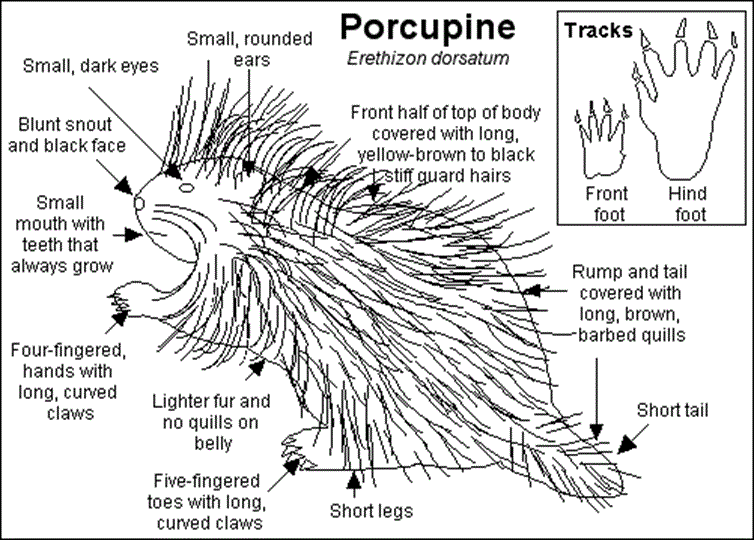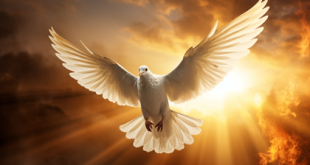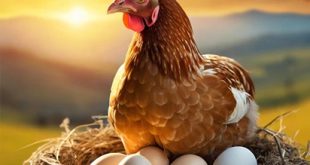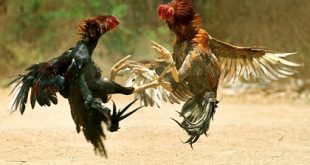Porcupines are fascinating creatures known for their unique adaptations and remarkable features that enable them to thrive in their natural habitats. These animals, which belong to the rodent family, are primarily recognized for their iconic quills. However, there is much more to a porcupine’s anatomy than just its spiky exterior. Each body part of a porcupine plays a specific and crucial role in its survival. In this article, we will explore the various body parts of a porcupine and delve into their functions.
A Body Part of A porcupine

1. Quills: Nature’s Defense Mechanism
The quills are perhaps the most well-known feature of a porcupine. These sharp, needle-like structures are actually modified hairs coated with keratin, the same protein that makes up human hair and nails. A porcupine can have up to 30,000 quills, which serve as its primary defense mechanism against predators.
Function: When threatened, the porcupine raises its quills to make itself appear larger and more intimidating. Contrary to popular belief, porcupines cannot shoot their quills, but the quills detach easily upon contact, embedding themselves into predators. These quills have barbed tips, making them difficult to remove and causing pain and potential infection to the attacker. This highly effective defense mechanism deters most predators from attempting to harm the porcupine.
2. Fur: Additional Protection
Beneath the quills, porcupines have a layer of soft fur. This fur varies in density and length depending on the species and habitat of the porcupine. While the quills provide protection, the fur serves additional purposes.
Function: The fur acts as insulation, helping the porcupine maintain its body temperature in cold environments. In some species, the fur also provides camouflage, allowing the porcupine to blend into its surroundings and avoid detection by predators.
3. Head and Face: Sensory Adaptations
The head of a porcupine houses important sensory organs, including the eyes, ears, nose, and mouth. These features enable the porcupine to interact with its environment and detect potential threats or food sources.
Eyes: Porcupines have relatively small eyes with limited vision. They rely more on their other senses for navigation and survival.
Ears: The ears of a porcupine are small and rounded, but they are highly sensitive to sounds. This acute hearing helps them detect approaching predators or other animals in their vicinity.
Nose: A porcupine’s sense of smell is exceptionally well-developed. This allows them to locate food, such as leaves, bark, and fruits, even in the dark.
Mouth and Teeth: As rodents, porcupines have strong, sharp incisors that continuously grow throughout their lives. These teeth are crucial for their diet, which consists of tough plant materials.
Function: The head and facial features allow porcupines to detect danger, communicate with other porcupines, and efficiently consume their food. Their sharp teeth enable them to gnaw on tough vegetation and tree bark, which are staples of their diet.
4. Body and Torso: Core Strength
The body of a porcupine is robust and compact, providing the strength and structure needed for various activities such as climbing, foraging, and defending itself.
Function: The torso houses vital organs and supports the porcupine’s overall structure. Its sturdy build allows the animal to climb trees in search of food, especially for arboreal species like the North American porcupine. Additionally, the body’s shape and size make it difficult for predators to attack vulnerable areas.
5. Legs and Paws: Mobility and Dexterity
Porcupines have short legs with strong, clawed paws that are adapted for climbing and digging. The structure of their legs varies slightly between species, depending on whether they are terrestrial or arboreal.
Function: The claws on a porcupine’s paws are well-suited for gripping tree bark and branches, making them excellent climbers. Terrestrial species use their claws to dig for roots and burrow into the ground. Their short legs enable them to move steadily, albeit slowly, on the forest floor.
6. Tail: Multi-Purpose Tool
The tail of a porcupine is another remarkable feature, varying in length and function among different species. In arboreal species, such as the prehensile-tailed porcupine, the tail is long and flexible, while in terrestrial species, the tail is shorter and sturdier.
Function: In arboreal porcupines, the tail acts as a fifth limb, helping them maintain balance and grip while climbing trees. In terrestrial species, the tail serves as a defensive tool, covered with quills that can deter predators. The tail also helps with balance and stability while the porcupine moves through its environment.
7. Feet: Grip and Movement
Porcupines have padded feet with rough surfaces, providing them with a strong grip. Their feet are well-adapted for their lifestyle, whether climbing trees or traversing rugged terrain.
Function: The specialized feet ensure that porcupines can navigate their environments efficiently. For tree-dwelling species, the grip provided by their feet is essential for climbing and foraging in the canopy.
8. Skin: A Layer of Defense
The skin of a porcupine is thick and durable, providing an additional layer of protection beneath the quills and fur.
Function: The thick skin helps protect the porcupine from minor injuries and environmental factors. It also supports the attachment of quills, ensuring they remain firmly embedded until needed for defense.
9. Digestive System: Adapted for Herbivory
Porcupines are herbivores, and their digestive systems are specifically adapted to process tough plant materials. They have a large cecum, which houses bacteria that aid in breaking down cellulose from plants.
Function: The digestive system allows porcupines to extract nutrients from fibrous foods such as bark, leaves, and twigs. This adaptation enables them to survive in environments where food sources may be limited.
10. Scent Glands: Communication and Territory Marking
Porcupines have scent glands located near their tails, which they use to mark their territory and communicate with other porcupines.
Function: The scent glands produce a musky odor that serves as a warning to potential predators. Additionally, the scent markings help porcupines establish territory and attract mates during the breeding season.
Conclusion
The anatomy of a porcupine is a testament to the wonders of evolution and adaptation. Each body part plays a vital role in the porcupine’s survival, from its iconic quills to its sharp teeth and prehensile tail. By understanding these features, we gain a deeper appreciation for these unique and intriguing creatures. Porcupines demonstrate how specialized adaptations can enable animals to thrive in diverse and often challenging environments.


